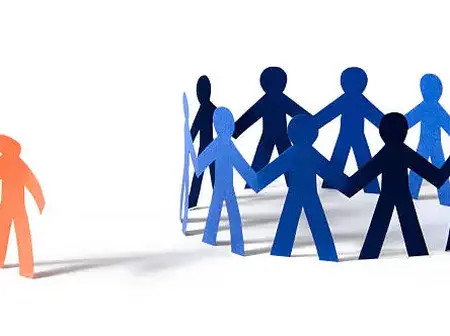Crime does not only harm individuals but also weakens the fairness and equality of society. When crime is widespread, it affects opportunities, safety, and trust in institutions. Social injustice arises when certain groups are unfairly treated, denied rights, or exposed to more harm because of crime. Understanding how can crime contribute to social injustice can help communities work toward fairness and peace.
Crime often affects the poor and marginalized more severely than the wealthy. For example, people in low-income areas may suffer more from theft, violence, or gang activity because they lack strong security systems. This creates inequality where disadvantaged groups carry a heavier burden of crime.
When crime is high and justice systems fail to respond fairly, people lose trust in the police, courts, and government. Corruption and favoritism allow the rich or powerful to escape punishment while the poor face harsher treatment. This imbalance deepens social injustice by showing that laws are not applied equally.
Crime can discourage business growth and job creation in affected areas. Investors may avoid crime-prone neighborhoods, leaving residents with fewer employment opportunities. As poverty increases, people remain trapped in cycles of inequality, fueling further social injustice.
Certain crimes are committed against specific groups based on gender, race, religion, or social class. Hate crimes, gender-based violence, and racial profiling reinforce discrimination. Such crimes directly deny victims their right to equality and dignity, worsening social injustice.
High levels of crime force people to change their daily routines. Women may avoid walking at night, children may miss school due to unsafe routes, and families may restrict movement out of fear. This loss of freedom affects the quality of life and denies people equal participation in society.
When crime destroys property, livelihoods, and safety, communities sink deeper into poverty. In turn, poverty can push more people into crime as a survival method. This cycle keeps disadvantaged groups trapped and widens the gap between the privileged and the marginalized.

Leave a Reply